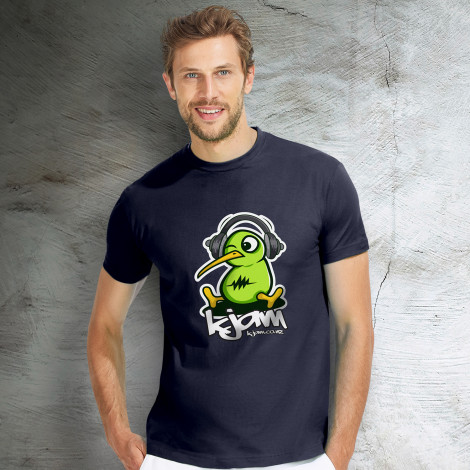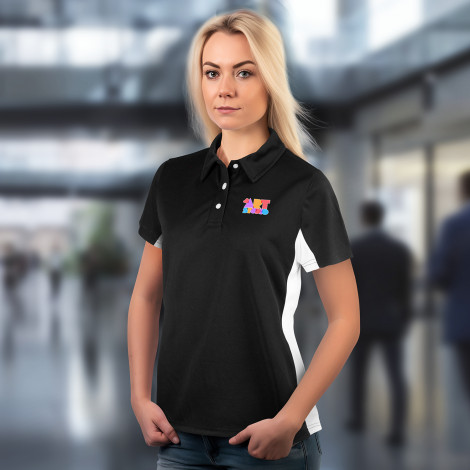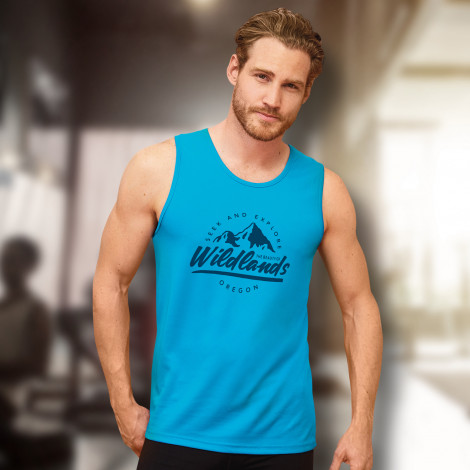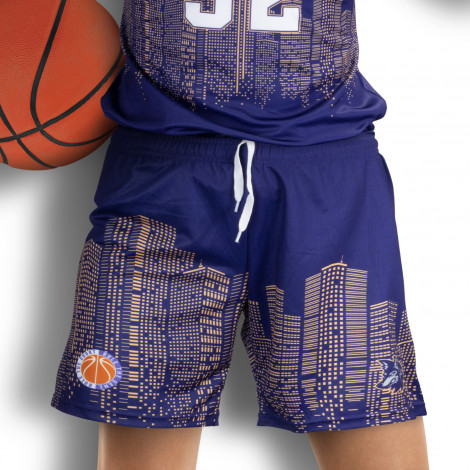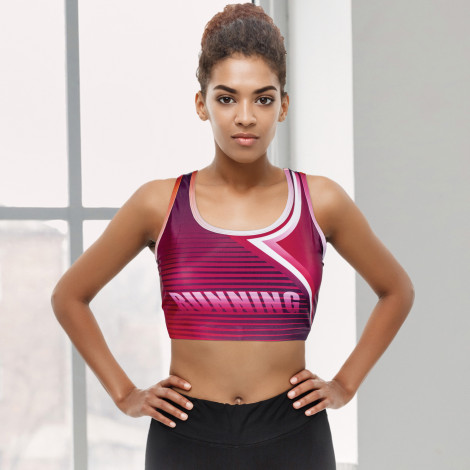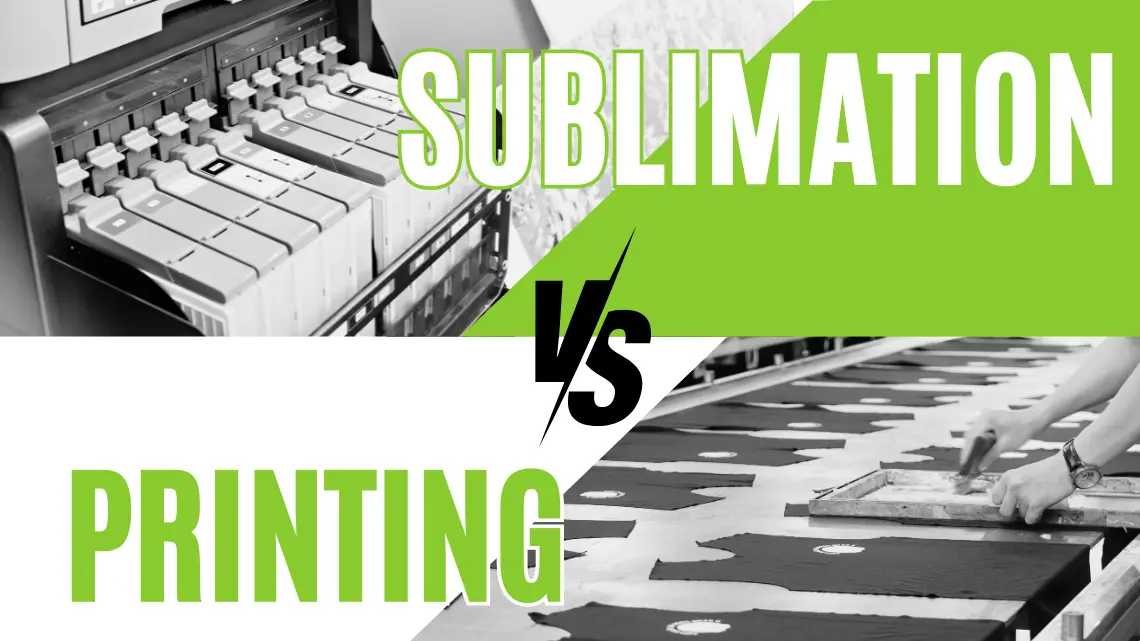
In the vibrant world of garment printing, two techniques often steal the spotlight: screen printing and sublimation. Each has its unique flair, advantages, and applications. But when it comes to bringing your creative vision to life, how do these two methods stack up against each other?
What is Screen Printing?
Screen printing, often known as serigraphy, is a time-honoured printing technique that’s been around for centuries. It involves pushing ink through a mesh screen onto the fabric. Each colour in the design requires a separate screen, making it a bit labour-intensive but yielding vibrant and bold results.
How Does Screen Printing Work
The process begins with a design that’s transferred onto a mesh screen. The screen is then coated with a light-sensitive emulsion and exposed to light, hardening the areas not covered by the design. After washing the screen, the open spaces allow ink to pass through onto the fabric below. Voila! You have a beautifully printed garment.
Materials Used in Screen Printing
Screen printing primarily uses plastisol or water-based inks. Plastisol is favoured for its durability and vibrant colours, while water-based inks offer a softer feel and eco-friendliness. Screens made from polyester mesh are commonly used, and squeegees are essential tools for applying the ink evenly.
What is Sublimation?
Sublimation is a more modern technique, gaining popularity due to its incredible versatility and detail. This process involves turning solid dye into gas without passing through a liquid state (hence the name sublimation). It’s ideal for printing on synthetic fabrics, particularly polyester.
How Does Sublimation Work?
The magic of sublimation lies in its two-step process. First, the design is printed onto a special transfer paper using sublimation ink. Next, heat and pressure are applied, causing the dye to vaporize and bond with the fabric fibres. This results in a print that becomes part of the material itself, rather than just sitting on top.
Materials Used in Sublimation
Sublimation requires special inks, specifically dye-sublimation inks, which are designed to vaporize under heat. The fabric also plays a crucial role; sublimation works best on polyester or polymer-coated materials, ensuring vibrant and long-lasting prints.
Head-to-Head: Key Differences in Screen Printing and Sublimation
Quality of Prints
When it comes to print quality, sublimation often takes the cake for photo-realistic designs with vibrant colours and fine details. Screen printing, while capable of producing bold and striking colours, may not achieve the same level of detail, especially for complex images.
Durability and Longevity
Both methods have their strengths, but sublimation prints tend to be more durable as they become part of the fabric. Screen printing, on the other hand, can crack or fade over time, particularly if not properly cared for.
Cost and Production Time
Screen printing generally becomes more cost-effective as order quantities increase due to the upfront costs of setting up individual screens for each colour in the design. This setup makes it ideal for larger runs where the cost per print decreases significantly with volume. Conversely, sublimation doesn’t require extensive setup, making it a great choice for smaller batches, detailed designs, or custom, full-colour prints. However, sublimation does require specialized polyester-based materials and inks, which can (may or may not) make it more expensive due to limited fabric choices.
Which Method is Right for Your Project?
Best Applications for Screen Printing
Screen printing is a fantastic choice for simple designs with bold colours, such as logos or slogans on T-shirts, hoodies, and tote bags. It’s widely used for promotional items, band merchandise, and custom apparel for events.
Best Applications for Sublimation
If you’re looking to create vibrant, full-colour images, sublimation is your best bet. It’s perfect for all-over prints, sports jerseys, and items like mugs and phone cases, where detail and colour depth are essential.
Print Your Vision with the Right Method
To wrap it up, the battle between screen printing and sublimation is won by your unique project requirements. For bulk orders with striking designs, screen printing is the economical choice. However, for detailed artwork and vibrant colours, sublimation is the clear winner on polyester materials.
Recognizing the strengths of each technique ensures your project not only matches the budget but exceeds your expectations.
So now you know everything about Screen Printing and Sublimation, don’t hesitate—let’s bring your project to life!
Contact our team at Selector Uniforms today, and together we’ll find the perfect printing method to create standout apparel that exceeds your expectations. Your ideal printing solution is just a message away!
